Few regions are more strategically important to China than the South China Sea (SCS). Beijing has increasingly treated the SCS as a “Chinese lake,” subject to its “indisputable sovereignty.”
Beijing’s competing territorial claims within other countries bordering on the SCS have led China to be militarily engaged and active in this area for many years. This has often led to tensions, if not outright clashes.
The issue of Chinese hegemony in the South China Sea has been less and less about economics—oil and gas reserves or fishing rights—and more about control and sovereignty.
The South China Sea is, quite simply, a key defensive zone for Beijing. Accordingly, China has particularly increased its military presence in the region through expanded patrols by the PLA Navy (PLAN). In addition, there has been a dramatic military expansion on the Hainan and Woody islands in the western SCS.
Woody Island has witnessed the construction of a 2,700-meter runway that can accommodate most Chinese fighter jets, an improved harbor, and the deployment of long-range HQ-9B surface-to-air missiles (SAMs).
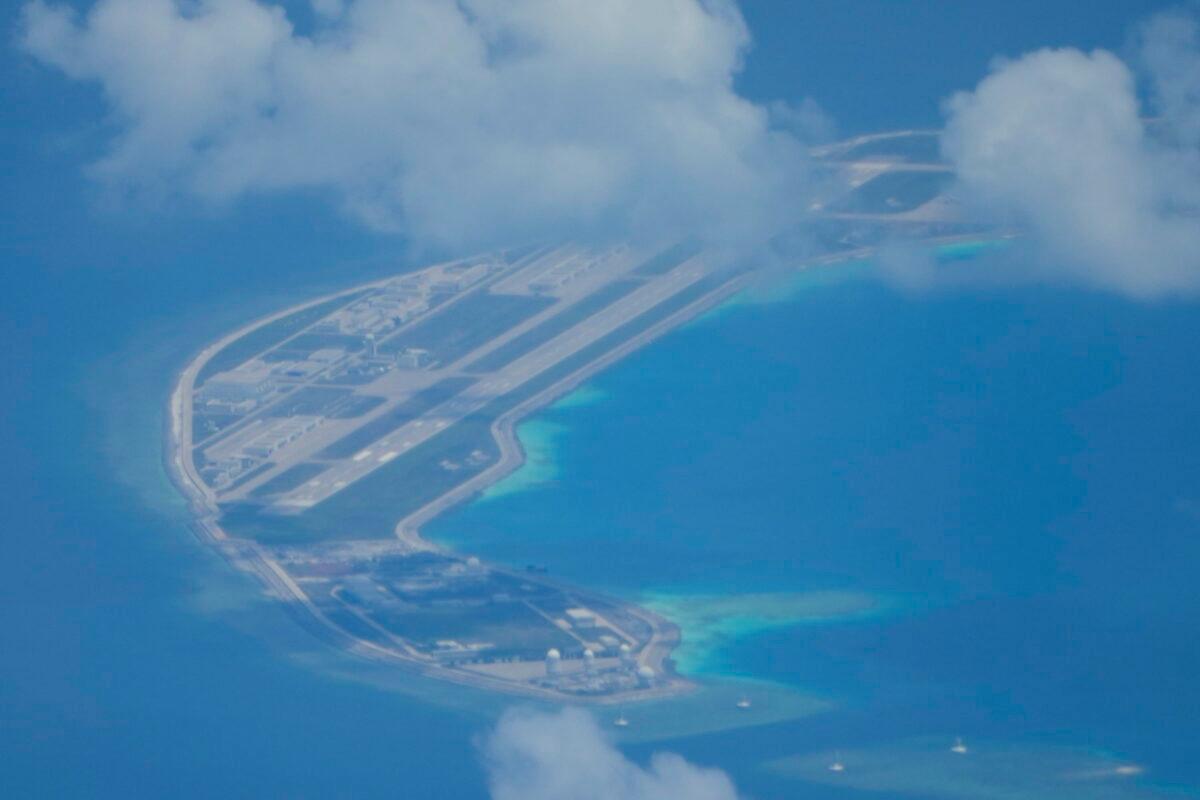
Beyond an overt military presence in the SCS, China has lately expanded its paranaval activities. These include more traditional undertakings, such as increased patrols by the Chinese Coast Guard, and the use of an irregular but still Beijing-controlled “maritime militia”—the so-called “little blue men.”
Coast guards are usually noncontroversial in maritime matters. They are primarily concerned with protecting freedom of navigation and operations in regional sea lines of communication (SLOC). This includes combating piracy and other sea-based criminal activities, human trafficking, and drug smuggling.
Coast guards are also used to enforce exclusive economic zones (EEZs). EEZs are regional maritime territories, extending out from shore no more than 200 nautical miles, within which a country has exclusive rights to exploit for economic gain; this includes fishing but also oil and gas deposits.
EEZs in the SCS are particularly contentious since many countries’ claims overlap. Therefore, regional coast guards have found an increased function in enforcing EEZ rights.
The advantage of using coast guards in sovereignty enforcement operations is that they are lightly armed (usually just a small cannon or machine guns). This lowers the risk of catastrophic clashes in the SCS. But if such clashes increase or the stakes are raised, they could escalate into more violent action involving navies.
For example, using paranaval forces to sink commercial ships, resulting in a large loss of life, or employing coast guards to forcibly remove personnel from bases in the SCS or block oil and gas exploration from disputed areas and, thus, provoking armed resistance—all of these actions could increase the risk of conflict.
It should surprise no one that the Chinese Coast Guard (CCG) is the largest in the SCS and one of the most active. Until recently, China operated five civil maritime forces: China Marine Surveillance (CMS), the Border Patrol, the Fisheries Law Enforcement Command, Customs, and the Maritime Safety Administration (MSA). Many of these forces overlapped in their missions and competed with each other. In 2013, the first four services were combined into a single China Coast Guard (CCG) under the command of the State Oceanic Administration.
In 2016, China launched two 12,000-ton “monster cutters” for the CCG, the largest paranaval vessel in existence. At least one of these ships has been more or less permanently deployed to the SCS.
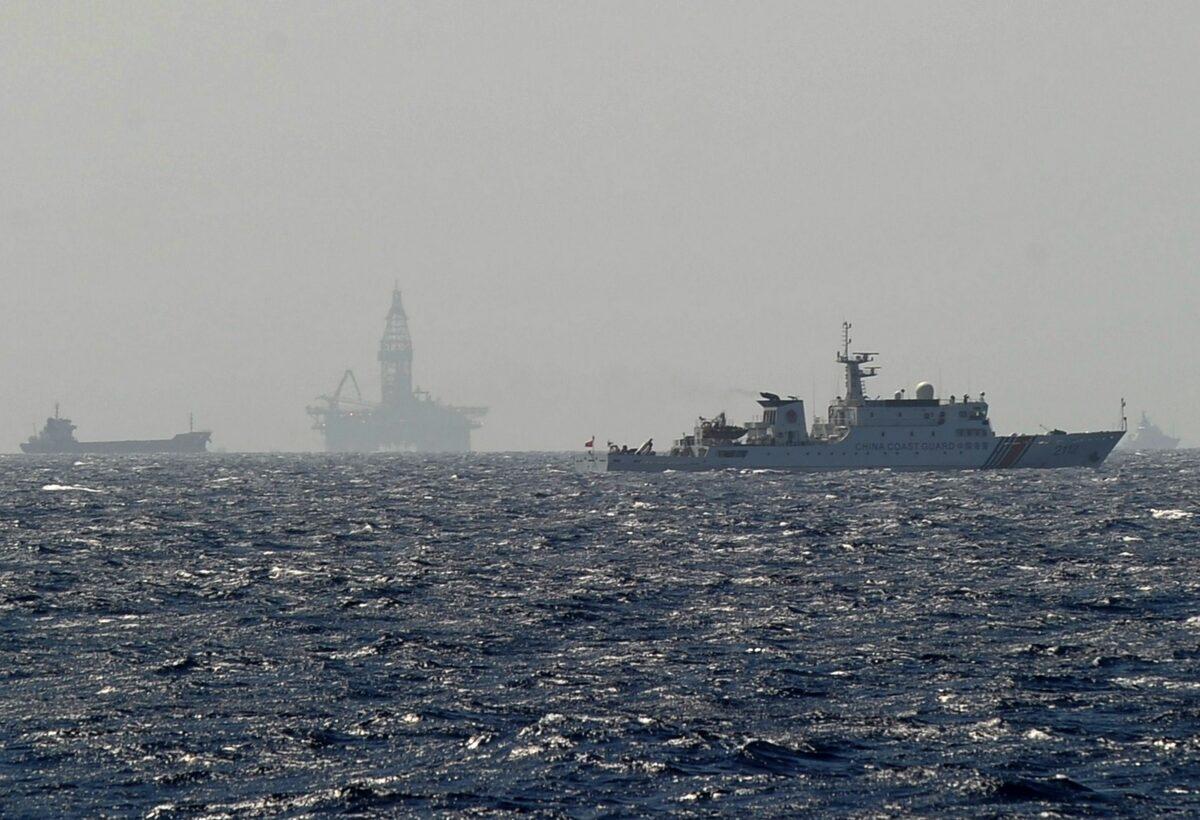
These boats are sent out to collect intelligence, show the flag, and promote sovereignty claims. Moreover, they are not above creating minor clashes with other ships. They provide Chinese naval and paramilitary forces, particularly the Chinese Coast Guard, with a pretext (protecting Chinese “civilians”) to intervene and thereby bolster China’s military presence in the SCS.
China has created a powerful paramilitary tool by combining its reinvigorated coast guard with its increased use of a vast and aggressive maritime militia.
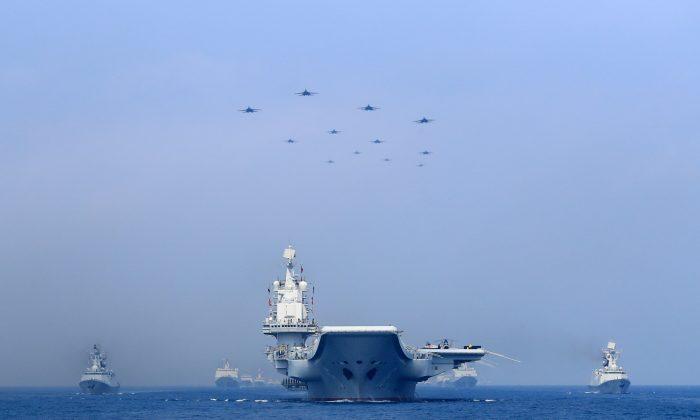

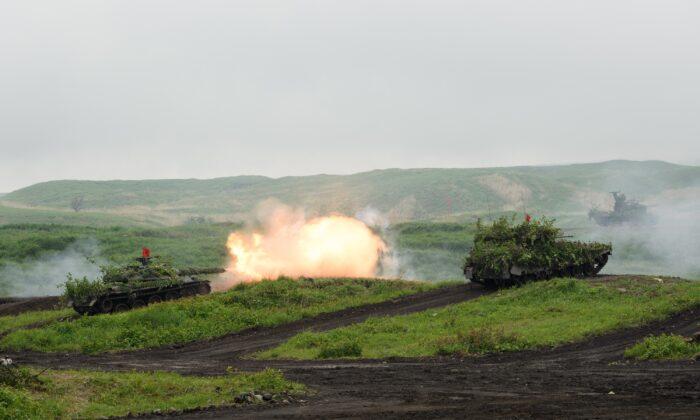
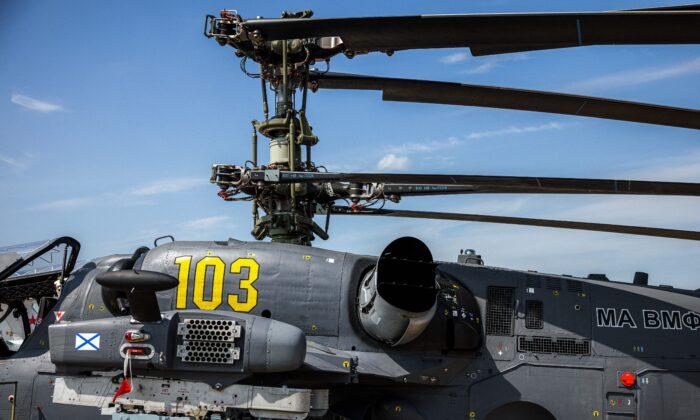
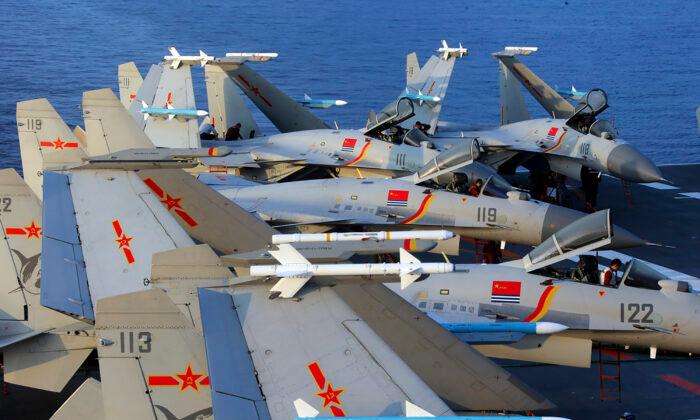
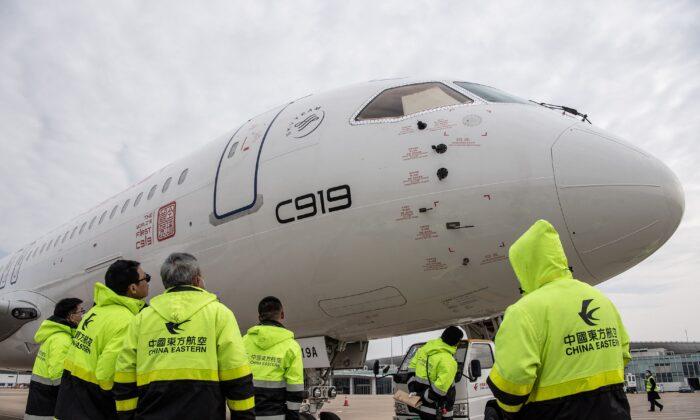
Friends Read Free